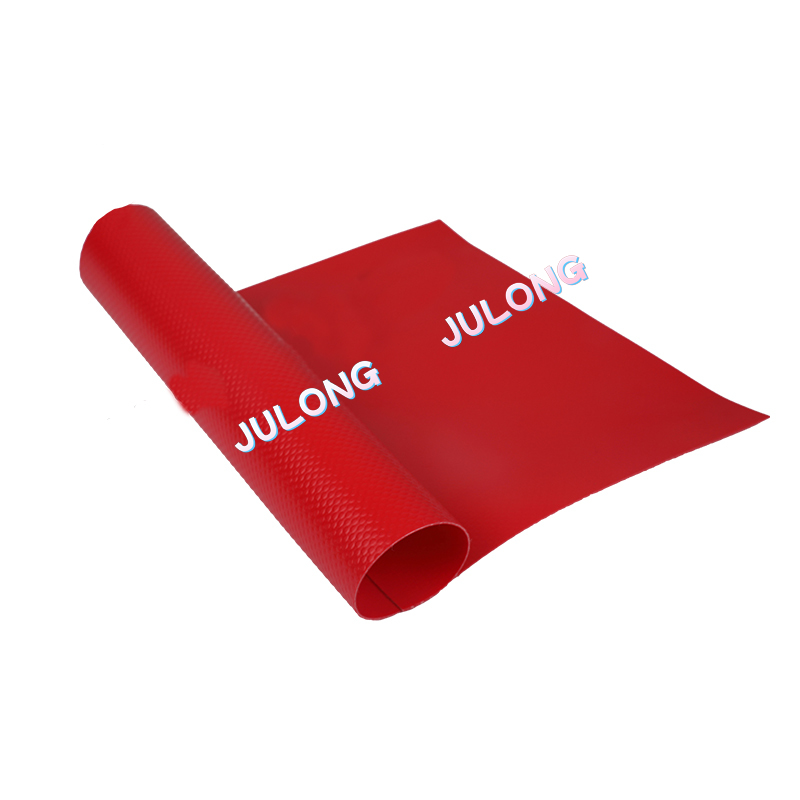Membrane structures can achieve large spans without the need for internal support columns or walls due to their unique structural design and the properties of the materials used.
The primary reasons why membrane structures can achieve large spans are:
Tensile Strength of Membrane Materials: Membrane structures use high-strength and durable materials, such as PTFE-coated fiberglass, PVC-coated polyester, or ETFE film. These materials have excellent tensile strength, which means they can withstand significant amounts of tension without stretching or deforming. When tensioned properly, the membrane can distribute the loads evenly, allowing for larger unsupported spans.
Pre-stressed or Tensioned Cables: Membrane structures often incorporate pre-stressed or tensioned cables as part of their supporting system. These cables are anchored at various points around the perimeter of the structure and attached to the membrane. The tension in the cables pulls the membrane into a specific shape and helps it resist the forces acting on it. This cable network effectively replaces the need for internal support columns or walls, allowing for clear and open interior spaces.
Membrane Form-Finding: The design process of membrane structures involves a form-finding analysis. Engineers determine the ideal shape and curvature of the membrane based on its material properties, desired span, and expected loads. This form-finding process ensures that the membrane takes up a natural, efficient shape that can handle the forces and loads without the need for additional internal support.
Structural Integrity and Stability: The combination of the membrane's tensile strength, the tensioned cable system, and the careful form-finding analysis results in a stable and self-supporting structure. The tensioned membrane resists external forces, such as wind and snow loads, by transferring them to the anchor points and foundation, without requiring internal supports.
Lightweight Construction: Membrane structures are inherently lightweight due to the materials used. The low weight reduces the load on the foundation, making it possible to achieve larger spans with minimal support.
The ability to achieve large spans without internal columns or walls allows membrane structures to create open and flexible interior spaces, making them suitable for a wide range of applications, from sports stadiums to exhibition halls and large event venues.




 English
English عربى
عربى







